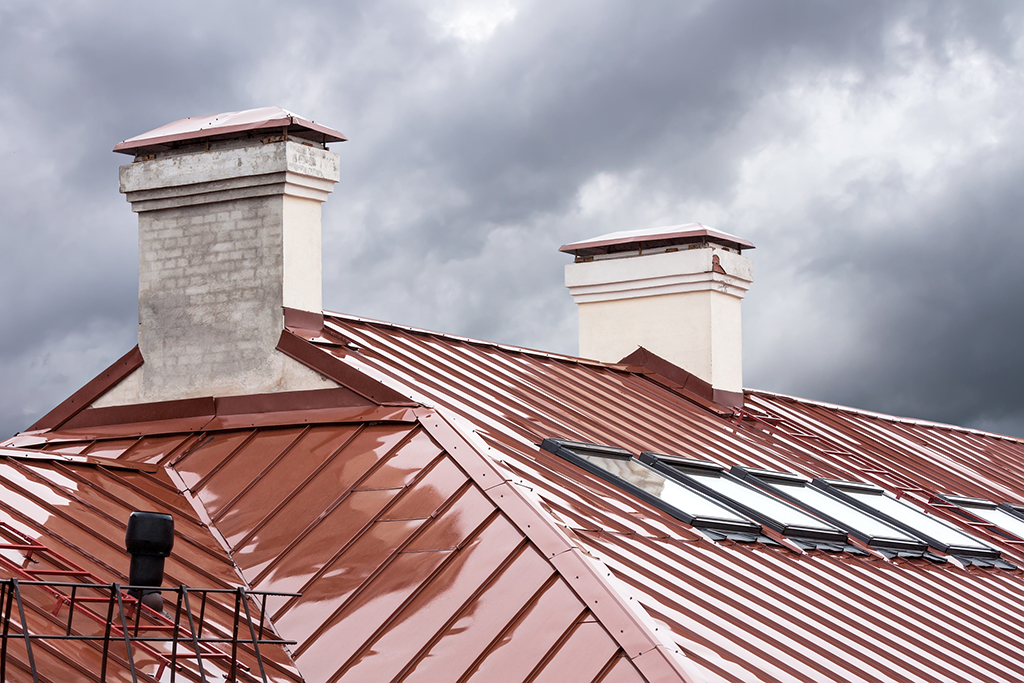When a hurricane comes through, some houses seem to stay standing while others fall apart. You see it all the time on the news—one home barely touched, the one next to it wrecked. So what’s the difference? It’s not just luck.
There are actual reasons some homes handle hurricanes better. It mostly comes down to how well the house was built, how it’s taken care of, and whether it was prepped before the storm hit. And out of all the things that matter, the roof is one of the biggest.
What Makes Hurricanes So Hard on Homes
Hurricanes are a mix of really strong winds, heavy rain, and flying stuff like tree branches or loose signs. That combination hits homes hard. The wind pulls at anything it can grab—like roof edges or shingles. Rain tries to find ways in through cracks or weak spots. And debris can slam into the house like a hammer.
That’s why homes need to be tough in a bunch of different ways. Everything from the windows to the foundation matters. But the roof is where the storm hits first, and it takes the most pressure.
A Strong Roof Makes a Huge Difference
Some people think all roofs are the same, but they’re not. The way a roof is built and how well it’s maintained can change everything. If shingles are loose or parts of the roof are already damaged, strong winds can rip them right off. Once there’s a hole, rain gets in, and things start going downhill fast.
That’s why people who live in storm-prone places should always keep an eye on their roofs. Missing shingles, soft spots, or clogged gutters can lead to big problems in a hurricane. Getting those things fixed early is one of the smartest moves you can make.
And if you’re not sure what to look for, it helps to check out reliable info on hurricane preparedness for your roof so you’re not just guessing. Small changes ahead of time can keep bigger problems from showing up later.
Not Every House Gets the Same Prep
Before a storm, you see people doing all kinds of things—putting up window covers, bringing patio stuff inside, buying bottled water. But a lot of folks skip over the roof. They don’t check if it’s still sealed properly or if anything looks weak.
Homes that survive hurricanes better usually had someone pay attention to those details. Maybe the owner got the roof inspected that year. Maybe they had repairs done after the last storm instead of putting it off. Those choices matter more than most people think.
Older Homes Have It Tougher (Unless They’ve Been Updated)
Another reason some homes hold up better is that they were built to newer rules. Building codes change over time, especially in areas that get hit by hurricanes a lot. Newer homes often have stronger materials, better anchoring systems, and smarter designs.
That doesn’t mean old houses are doomed. But older roofs that haven’t been updated are usually more likely to fail in strong storms. Even something simple like stronger nails or added straps can help a lot—if someone took the time to add them.
Roof Shape and Slope Can Matter Too
Here’s something not everyone thinks about: the shape of the roof. Some roof designs are better at handling wind. For example, low-slope or hip roofs (the kind that slope down on all four sides) are more aerodynamic, so wind moves over them better. High-pitched or gabled roofs can catch more wind and may be more likely to get damaged.
It’s not like you can change the shape of your roof the week before a storm. But if you’re ever getting a new roof or building a home, this stuff matters.
Regular Maintenance Means Better Protection
One of the biggest reasons homes get torn up during hurricanes is just because nobody checked things ahead of time. A small leak or crack that didn’t seem like a big deal can turn into major water damage in just a few hours of heavy rain.
People who keep up with roof maintenance—like cleaning gutters, checking for weak spots, and trimming back trees—usually have fewer problems. It doesn’t have to be fancy or expensive. Just paying attention once or twice a year can stop a ton of damage before it starts.
What Happens After the Storm
After a hurricane passes, the real difference shows up. One home might just need a few shingles replaced. The one next door might have to deal with soaked insulation, broken ceilings, and mold. Repairs like that can cost a lot, and sometimes they take weeks or even months to finish.
The homes that made it through better usually didn’t get that way by accident. Someone took the time to prepare. Someone made repairs when they saw warning signs. And yeah, it probably helped if the house was built with stronger materials in the first place.
The Little Stuff Adds Up
At the end of the day, it’s not one single thing that saves a house during a hurricane. It’s a bunch of small stuff that adds up: strong materials, regular roof care, smart storm prep, and knowing what your home needs before the weather gets bad.
Hurricanes are rough, but homes that are ready for them usually come out way better than the ones that aren’t. And when you think about how much damage a storm can cause, it’s worth checking your roof now, before it becomes a much bigger problem.
